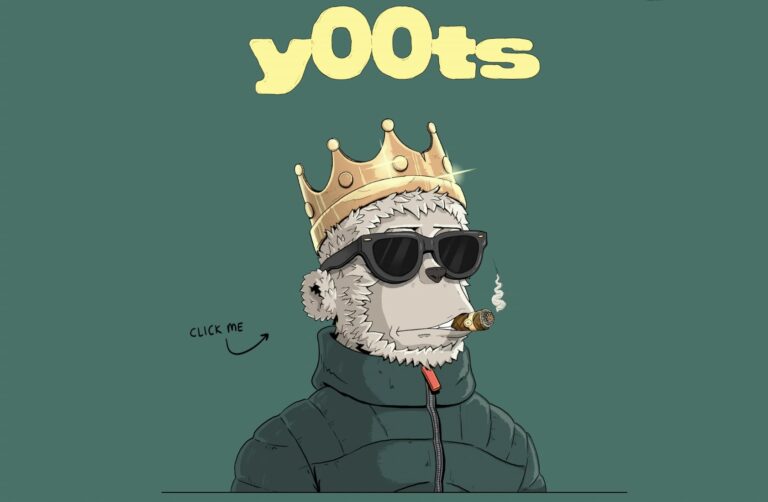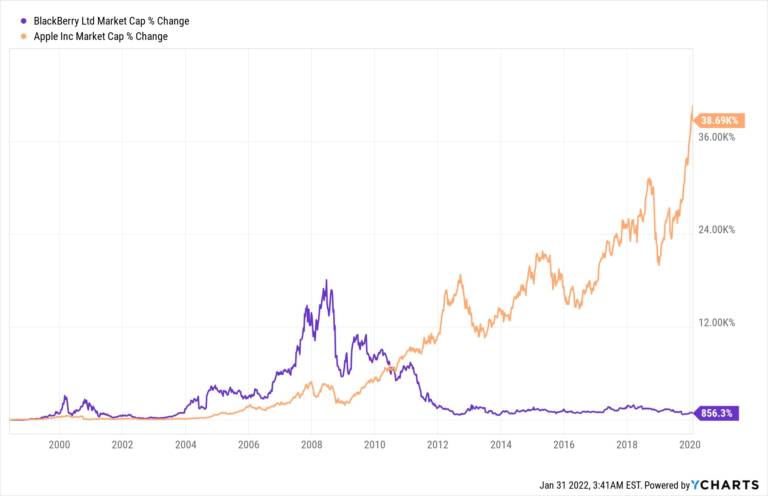Art is made to be experienced. An experience behind your computer is dramatically different from standing in a physically designed environment in front of a gigantic artwork. Humans are intended to partake in a physical environment that triggers all of our senses. I think this is also why we are seeing so many Metaverse researchers switch to Mixed Reality experiences rather than strictly Virtual ones.
Personally, I love travelling to see art and plan a day around it. All those little experiences add to the exhibition. The art becomes a part of the memory, and more valuable to me because of it.
Another big plus for working with IRL exhibitions is also reaching new people. In the end, again, art needs to be experienced. The more people that experience it, the better. Getting art in front of a person, and making them feel is all that matters. And what better way to get it there, than having your work in a beautiful space or a great screen, surrounded by beautiful art.
Provenance is a big one. On the one hand we have the art, on the other hand we have the history of the art. That history can be decimated to a narrative and a story. Both of them together creates something invaluable. There is this example of a portrait made by DaVinci, for a long time it was unknown that DaVinci made it, but there were theories about it. Through the decades, and switching different collector hands, it ultimately was verified to be a DaVinci. This artwork is suddenly more now, it’s the portrait, but it is also this story about an artwork that was almost lost to history, if it wasn’t for a man believing the work was original.
NFT is the first solution we can use to add provenance to an artwork, in a way that the database is accessible to everyone. Currently the history of artworks is scattered across books, physical ledges and centralised databases. It’s near impossible to determine the history of something unless it is extremely well documented. NFT is essentially a record in an universally accessible database, that stores a little bit of that information in a way it cannot be forged. It is a way that we can preserve all the little stories of our time, surrounding the art we create. Whether we are famous or not. We have not had a point in our history before where we can store our history in such an unbiased and public way, and it will do many great things for art, but also for us as a culture.






